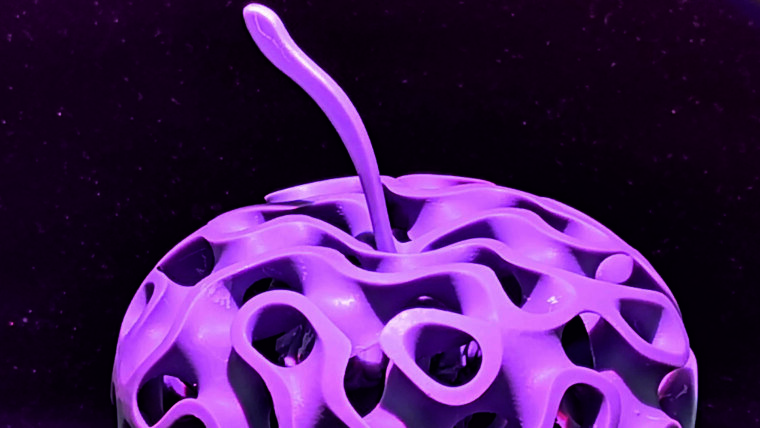
- Knowledge Transfer and Innovation
- Research
Published: | By: Christina Nolte
The project leaders of the ADAM project: (from left to right): Prof. Dr Jens Bliedtner (EAH Jena), Prof. Dr Felix Schacher (University of Jena) and Prof. Dr Robert Brunner (EAH Jena).
Image: Xavier UwurukundoUnder the project title »ADAM—Adaptive Dynamic and Biocompatible Microoptics for Endoscopy Systems using 5D Printing«, the University of Applied Sciences Jena and Friedrich Schiller University Jena are launching a joint research project supported by the Carl-Zeiss-Stiftung as part of the »Wildcard« funding programme. This programme is aimed at interdisciplinary teams with bold, »wild«, radically new ideas in the STEM area. The project will receive around 895,000 euros for the period from March 2026 to February 2028.
The aim of ADAM is to develop innovative, light-controlled micro-optics for endoscopy and microsurgery. Micro-optics enable high-resolution imaging in minimally invasive procedures. Researchers at both universities are combining their expertise to develop optics that can adapt their focal position and spectral properties to changing conditions in real time. Particular attention is being paid to biocompatibility so that the components can be used in medical applications in the future.
One technological innovation is the use of so-called 5D printing. In addition to shape (3D) and temporal changeability (4D), a fifth dimension is introduced: the targeted design of material properties that react to light or temperature. This allows these printed microstructures to actively adapt their shape or optical behaviour in response to external influences such as light or temperature changes.
To this end, the researchers are developing new types of functional materials that react to heat or light stimuli and are used in additive microstructure printing. Activation takes place via two laser beams of different wavelengths, which trigger defined structural and optical reactions in the material.
The possible fields of application are broad: from optical biopsy and robot-assisted microsurgery to industrial testing procedures. The extremely compact, customizable optics open up new avenues for high-precision imaging and diagnostics. »These developments could significantly improve the safety and efficiency of medicial interventions«, says Prof. Dr Jens Bliedtner from the University of Applied Sciences.
»With ADAM, we have the opportunity to redefine the boundaries of medical technology and create pioneering applications by combining biocompatibility and adaptive optics«, adds Prof. Dr Felix Schacher from the University of Jena. »Our technological approach enables significant progress for 3D printing and for applications in medical technology. At the same time, it strengthens the innovative power of the Thuringia region.«
About the Carl-Zeiss-Stiftung
The Carl-Zeiss-Stiftung has set itself the goal of creating scope for scientific breakthroughs. As a partner of excellent science, it supports both basic research and application-oriented research and teaching in the STEM departments (science, technology, engineering and mathematics). Founded in 1889 by the physicist and mathematician Ernst Abbe, the Carl-Zeiss-Stiftung is one of the oldest and largest private science-promoting foundations in Germany. It is the sole owner of Carl Zeiss AG and SCHOTT AG. Its projects are financed from the dividends distributed by the two foundation companies.
Contact:

